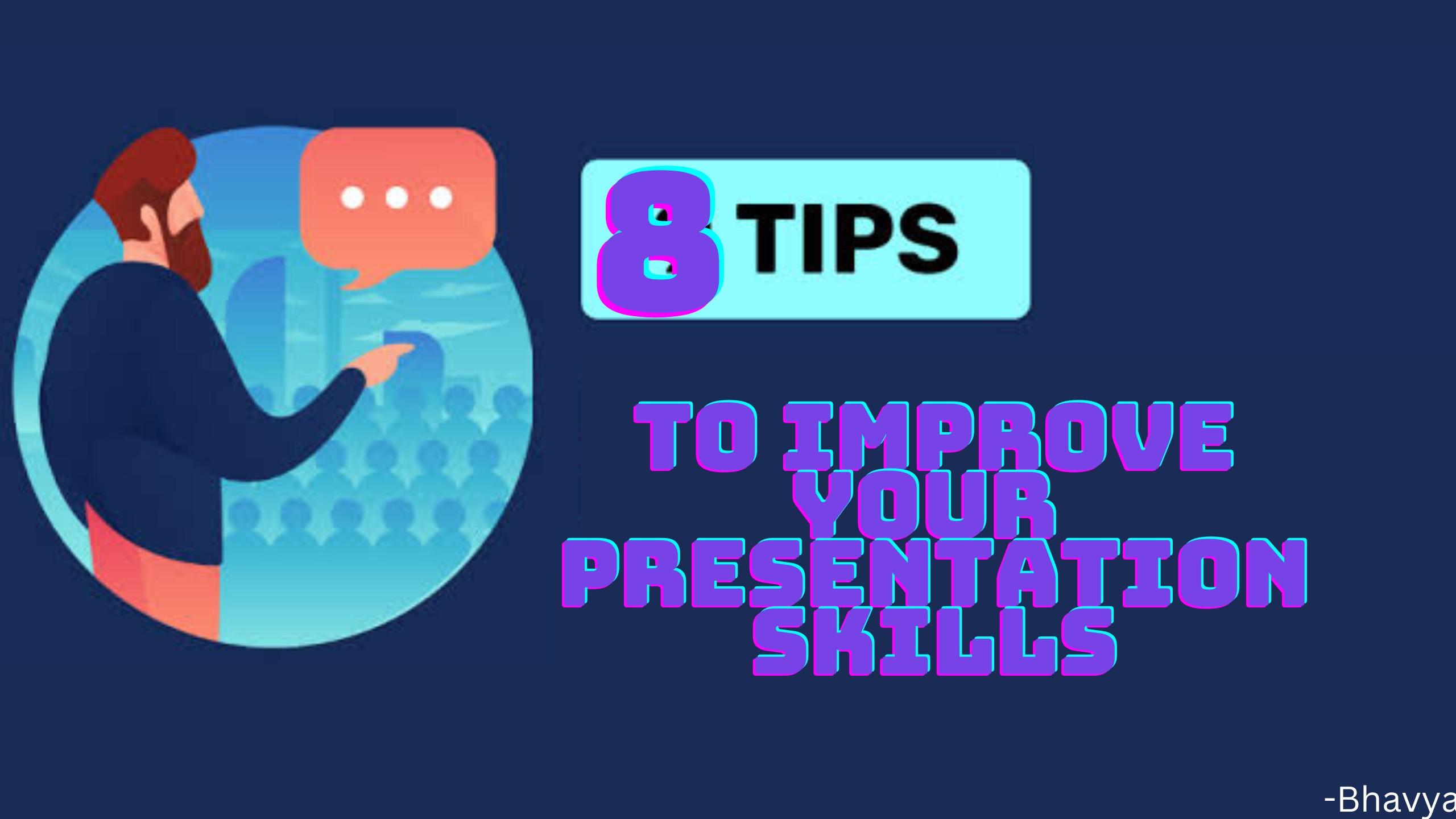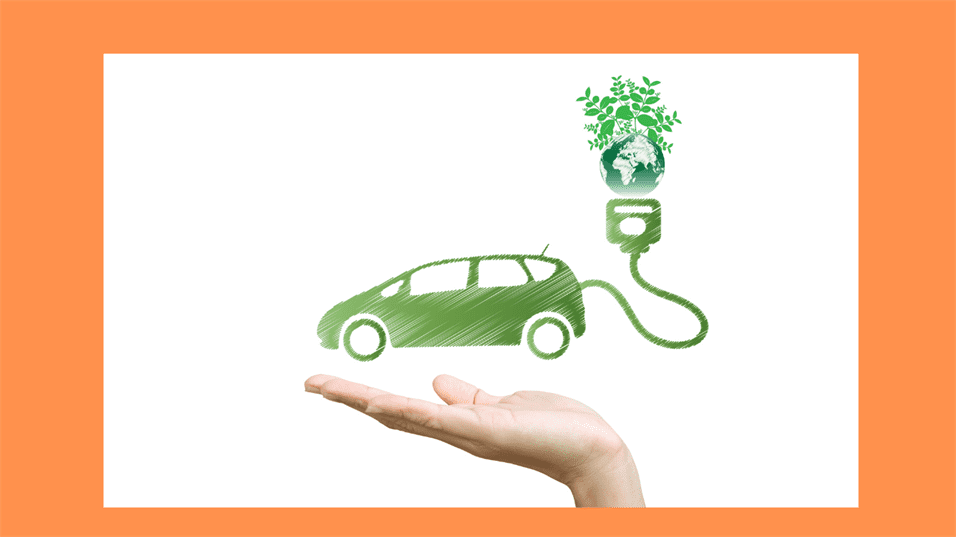Before talking about “how to enhance the skill of presentation” let’s talk first about what to avoid saying few things before starting a presentation. Believe me, if you begin your presentation with these sentences, they will kill your presentation at the very beginning.
Hi, I really hope you’ll enjoy my presentation.
Let me apologize in advance for a few things.
I have just reached here a few hours before so no time for preparation
I’d traveled a long way to be here so tired and jet-lagged haha. Anyway, let’s begin.
Oh God, what’s wrong with this slide.
Maybe this read is a bit exaggerated and you have never heard any speaker saying all these phrases to kick off their presentation, but some of the phrases you may have heard of or maybe some you have used subconsciously. In any case, it’s better to stop right there.
Unless you are born with no stage fear or natural eloquence, public speaking is remarkably nerve-racking. The only way to overcome this is constant practice and develop a personal speaking style that I have learned over the last few years. Yes, I have been doing a lot of presentations for the past few years, and it’s really tough to face a generous audience who is giving you their undivided attention.
The French philosopher Simone Weil said, “Attention is the rarest and purest form of generosity.” When you are presenting, people are listening to you. They are giving you the gift of their attention and time. Since I know I’m not a great speaker but I make up for it by packing my presentations with enthusiasm, unique/proprietary data, and tons of useful content as well as plenty of stupid jokes.
So, Let’s read a few tips on how to enhance your presentation skills.
The development of good presentation skills requires effort, hard work, and research work as well. To improve your presentation skills, you must:
Research the Audience: It is important to identify the traits of your audience so that you are delivering the ‘right’ presentation to the ‘right’ audience. For instance, in the case of an analytical audience, you can add more facts and figures to your presentation.
Loud Rehearsal: It’s different for everybody, but I will say one thing: If you practice your speech only once, you will be at risk. You can record your speech and replay it so that you can find your flaws, you can talk into a mirror, talk to a wall. Do whatever works for you, but make sure it includes practicing out loud so that you can get a sense of timing.
Arrive Early: It’s always advisable to allow yourself plenty of time to settle in before you start your presentation. Extra time ensures you won’t be in a rush and gives you plenty of time to get adapted to your presentation space without getting nervous.
Structuring your presentation: The best way to do this is to start with telling the audience, in the introduction, what you are going to present .’ says Aguilera. ‘What I advise is to start off with the benefits of what you’re going to say, the benefits to the audience, and then present and review and finish off the presentation by repeating the main points.’
Opening: It is designed to grab the audience’s attention and provide them with a reason to present there mentally and physically. Your opening should be something that makes an emotional connection with the audience. It can be any story, you use that should represent your audience’s position in life, a question, or a shocking static. Use anything that grabs your audience’s attention.
The power of silence: When you’re nervous, it’s easy to speed up your presentation and end up talking too fast, which in turn causes you to do blunders in your speech, turn out of breath, get more nervous, and panic! Ahh!
Don’t be afraid to pause and use the power of silence. A good pause can have a huge emotional impact not only to normalize your breath but It allows people to really absorb what you are saying and react. So take a nice pause.
Use Easy English: Use a language that is easy to speak, easy to learn, and easy to remember so do not complicate it keep it simple.
Closing your Presentation: It’’s really very important how you close your presentation. This is the final impression that you will leave with your audience-make sure it is a strong and unforgettable one. Go back to your purpose and let them know where you have been. Leave your audience with a clear understanding of your points.




 Each title in our collection is more than just a book - it’s a ‘green gift’, promoting mindful reading, sustainable values, and a culture of eco-conscious living. By gifting books, you open doors to new ideas, support lifelong learning, and nurture a more informed, compassionate, and environmentally aware individual.
Each title in our collection is more than just a book - it’s a ‘green gift’, promoting mindful reading, sustainable values, and a culture of eco-conscious living. By gifting books, you open doors to new ideas, support lifelong learning, and nurture a more informed, compassionate, and environmentally aware individual.